The Mercedes W124 is more than just an old-school Benz—it’s a symbol of rock-solid engineering and timeless dependability. Built during a golden age when carmakers focused on longevity over luxury gimmicks, the W124 earned global praise for its ability to rack up serious mileage with ease.
From the legendary Greek taxi that crossed 1.3 million kilometres to everyday examples still running strong today, this model proves that a car doesn’t need to be new to be great. Let’s explore more about Mercedes W124 high mileage. We dive deep into what made the W124 such a long-distance champion and why its legacy still inspires drivers, collectors, and enthusiasts around the world.
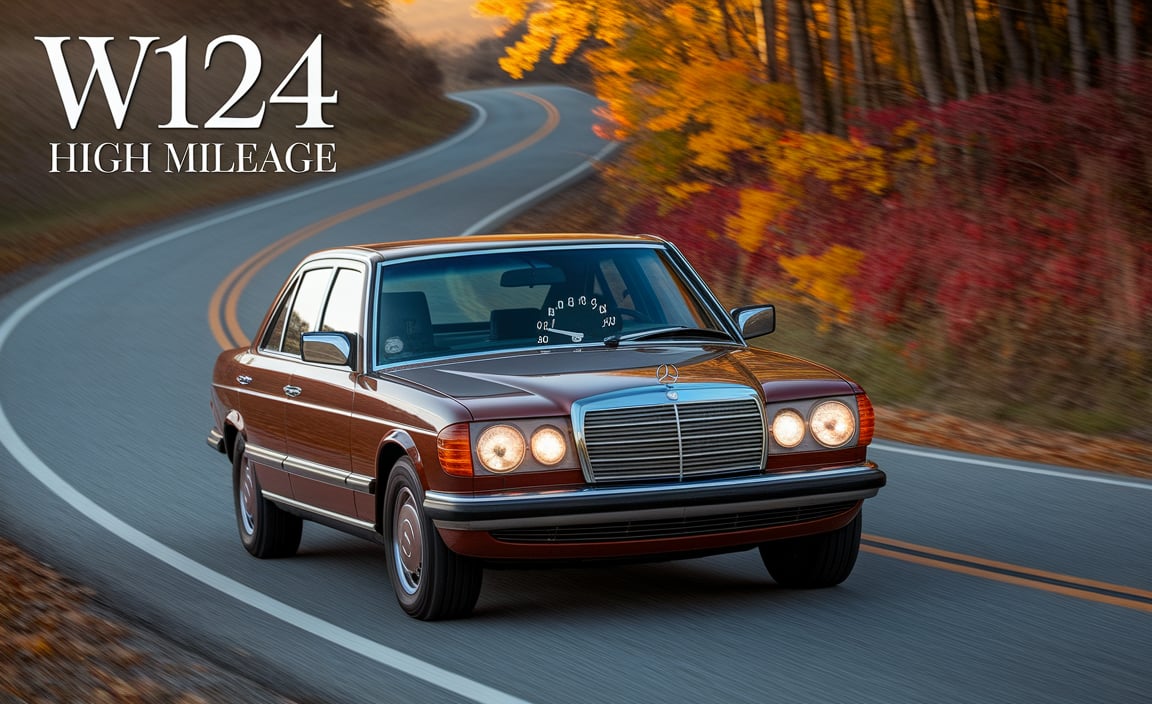
The Legacy Of The Mercedes W124
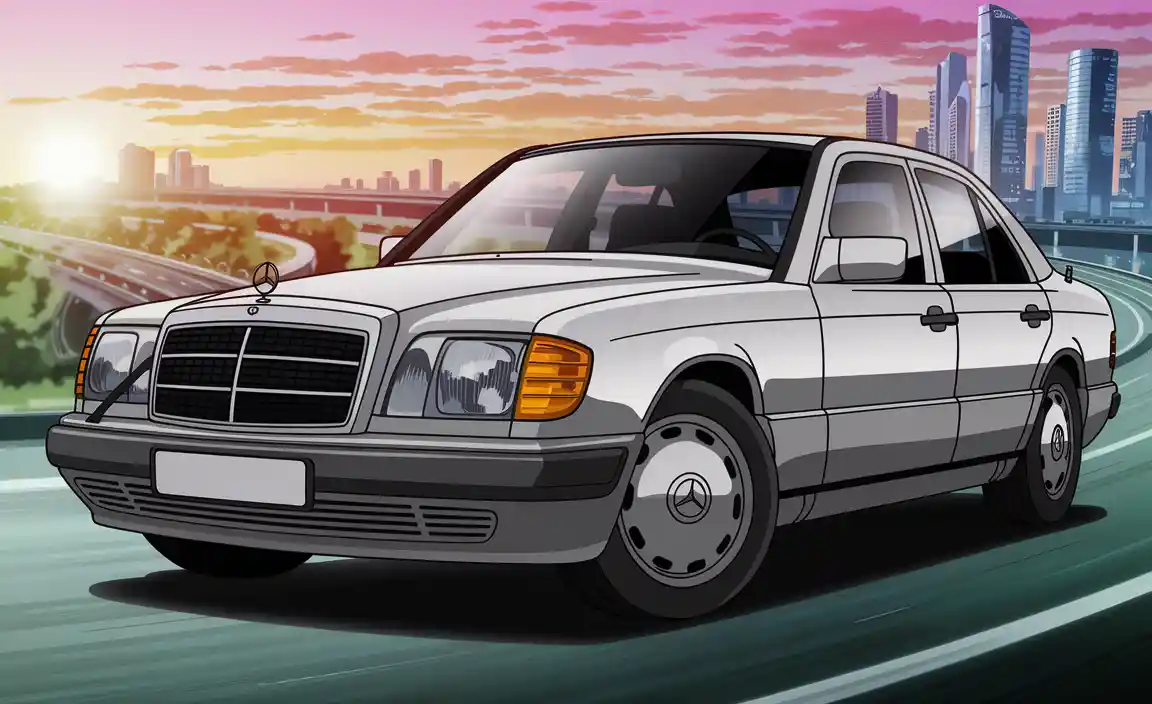
If you’ve ever come across a boxy old Mercedes gliding down the road like it owns it—quiet, composed, and oddly confident—it was probably a Mercedes W124. Introduced in the mid-1980s, this car was more than just a mode of transport. It was a symbol of endurance, quality, and engineering done right.
Ask any seasoned driver or taxi fleet operator, and they’ll likely have a W124 story. It’s the kind of car that outlives trends, often outlasts its owners, and—quite literally—can go the distance.
Historical Background And Development
Mercedes launched the W124 in 1984 as a replacement for the aging W123. The goal? Build a car so solid, it would redefine what longevity means. It was born during a time when engineers were given more freedom than accountants. That meant thicker steel, more research, and smarter design choices.
Developed during a golden era for Mercedes-Benz, the W124 came in sedan, wagon (or estate), coupe, and even cabriolet forms. It was as practical as it was beautiful, and it laid the groundwork for what would later become the E-Class as we know it today.
Popular Models And Variants

You had a wide variety to choose from: petrol or diesel, four- or six-cylinder engines, manual or automatic gearboxes. Models like the E 220, E 300 D, E 280, and the indestructible 250 D became household names.
Then there was the glorious 500E, co-developed with Porsche, which remains a unicorn for collectors. Even the Wagon version was a hit—spacious, classy, and built like a bank vault.
Engineering Features Contributing To Longevity
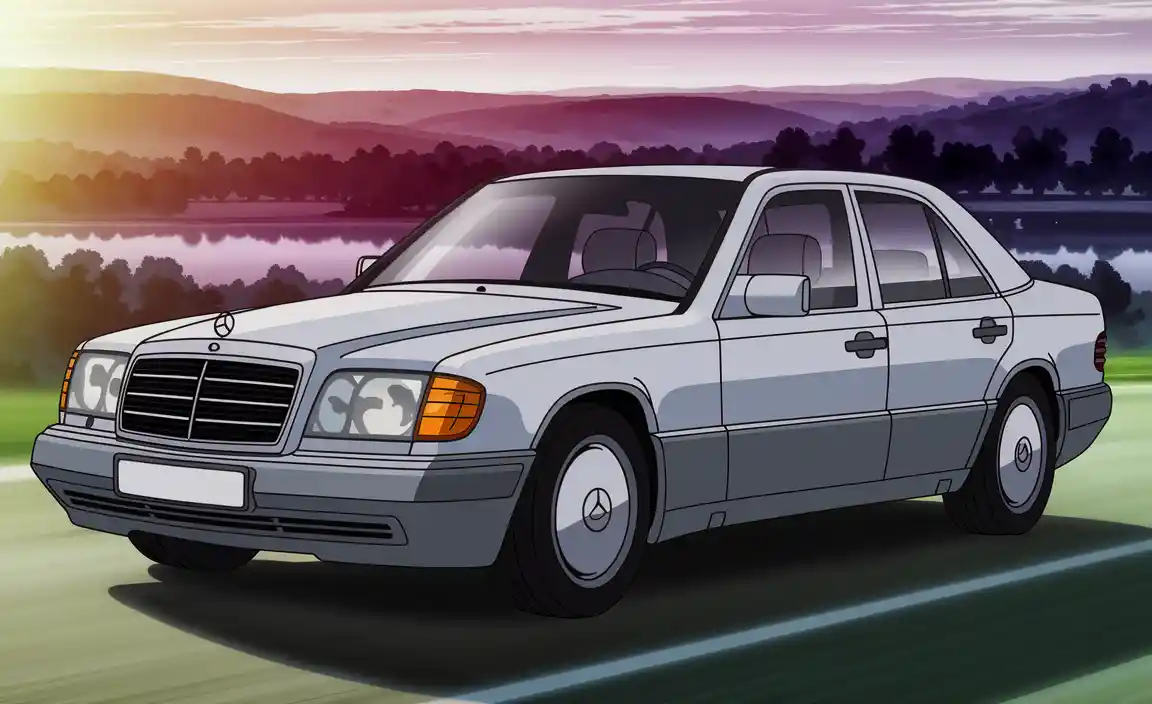
The real magic of the W124 lies beneath the surface. Mercedes engineered it with durability in mind. No over-complication. No fragile, fancy tech. Just solid mechanics and smart systems.
Mercedes used portal axles in some AWD models and built the cooling systems to last for decades, not just years. It used high-quality metals and alloys in the body and powertrain that resisted fatigue and corrosion.
Bodywork And Build Quality
Ever heard someone say, “They don’t make them like they used to”? They were probably thinking of this car. The bodywork was thick, often galvanized, and treated to resist rust. Door hinges felt like they belonged on a safe. The build quality was simply unmatched for the era. Even today, a well-maintained W124 closes with a satisfying “thunk” that newer cars just don’t replicate.
Engine And Gearbox Reliability
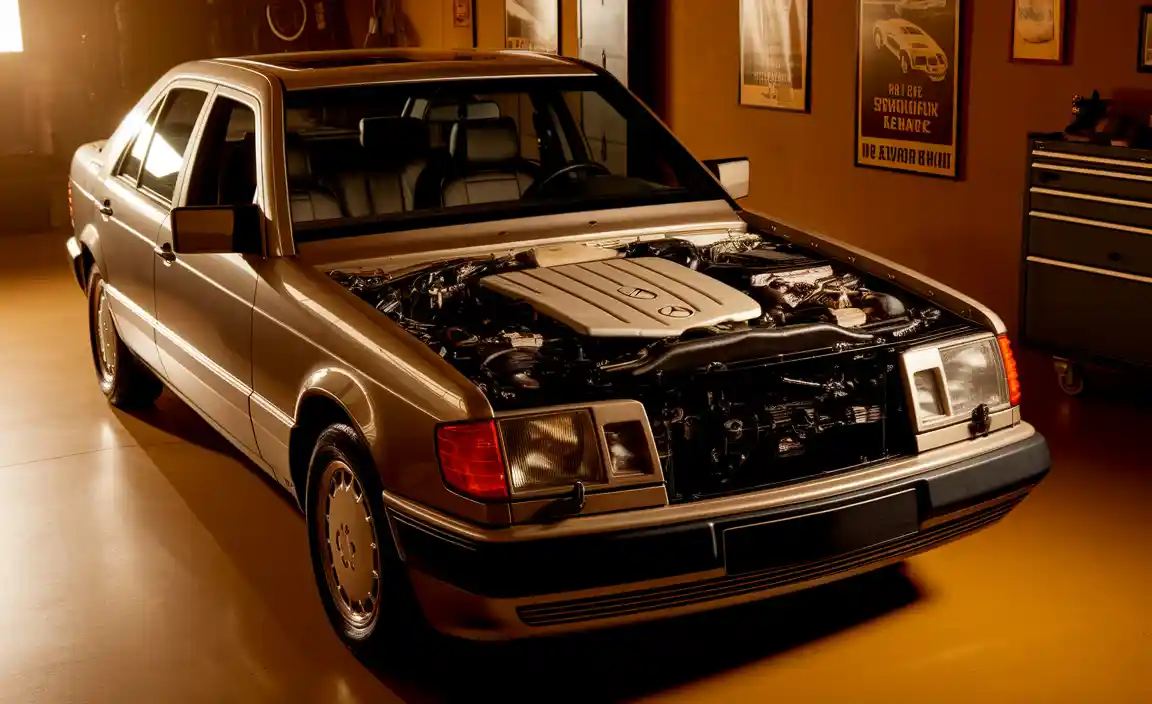
Let’s talk about diesel engines—specifically, the indestructible OM602 and OM603 units. These were low-revving, over-engineered masterpieces that could clock up half a million kilometers before even needing a rebuild.
Even the automatic gearbox was a lesson in simplicity and reliability. Fluid changes, some TLC, and these units would outlive the car. Manuals were equally bulletproof, as long as the clutch was looked after.
Suspension, Steering, And Braking Systems
The W124’s suspension was soft, yet stable. It absorbed bumps with ease while staying composed on twisty roads. The steering provided just enough feedback to feel engaging without being twitchy, and many models featured vented disc brakes that delivered robust, predictable stopping power Air suspension wasn’t common, which is actually a blessing in disguise for reliability and cost of maintenance.
Interior And Electrical Systems
Step inside a W124 today, and you’ll likely be amazed by how well it has aged. The materials were durable—no peeling plastics or sagging headliners like in some modern cars. Switchgear still clicks with precision. Dials still glow softly.
Sure, the electrical systems were basic—no Android Auto, no digital dash—but that’s the point. Less complexity meant fewer things to fail. Even the old climate control systems still work in many high-mileage cars.
Notable High-Mileage Achievements
The W124 didn’t just age well—it refused to quit. You’ll find plenty of examples clocking over 500,000 kilometers. But some stories go even beyond that.
1.3 Million Kilometers And Still Going: The Legendary Mercedes W124 Taxi

In a quiet corner of Greece, one humble Mercedes-Benz W124 taxi quietly etched its name into automotive history—by racking up over 1.3 million kilometers on its original engine and transmission. That’s not a typo. This boxy, unassuming sedan spent its life tirelessly transporting passengers across towns, cities, and rural roads, all while remaining impressively reliable.
What makes this story even more remarkable is how ordinary the car seemed—no special tuning, no obsessive pampering. Just regular maintenance, proper oil changes, and quality parts. Its OM602 diesel engine, famous for simplicity and toughness, proved itself beyond expectation.
Mercedes-Benz later featured the car as a symbol of long-lasting German engineering. Today, it proves what’s possible when engineers build a car to last, not just to sell. In a world of planned obsolescence, the W124 taxi reminds us that true durability never goes out of style.
In Greece, there’s a legendary W124 taxi that surpassed 1.3 million kilometers with its original engine and transmission. Yes, million—with an M. The car received routine maintenance, basic parts replacements, and some cosmetic TLC, but otherwise kept doing its job without complaint.
This isn’t folklore. Mercedes themselves featured the car in their car reviews and car news, celebrating its achievement as a symbol of what the brand once stood for.
The Story Of The 1.3 Million Kilometer Taxi

In a quiet corner of Greece, one humble Mercedes-Benz W124 taxi quietly etched its name into automotive history—by racking up over 1.3 million kilometers on its original engine and transmission. That’s not a typo. This boxy, unassuming sedan spent its life tirelessly transporting passengers across towns, cities, and rural roads, all while remaining impressively reliable.
What makes this story even more remarkable is how ordinary the car seemed—no special tuning, no obsessive pampering. Just regular maintenance, proper oil changes, and quality parts. Its OM602 diesel engine, famous for simplicity and toughness, proved itself beyond expectation.
Mercedes-Benz later featured the car as a symbol of long-lasting German engineering. Today, it stands as a testament to what’s possible when a car is built to last—not just built to sell. In a world of planned obsolescence, the W124 taxi reminds us that true durability never goes out of style.
Other High-Mileage Testimonials
Across forums and Facebook groups, you’ll find countless W124 owners proudly sharing their odometers—700,000, 850,000, even over a million kilometers. Some are coupes, others cabrios, and many are E-Class Estate wagons. One thing they all share? A commitment to regular servicing, use of quality parts, and a driving style that respects the machine.
Comparison With Modern Mercedes-Benz Models
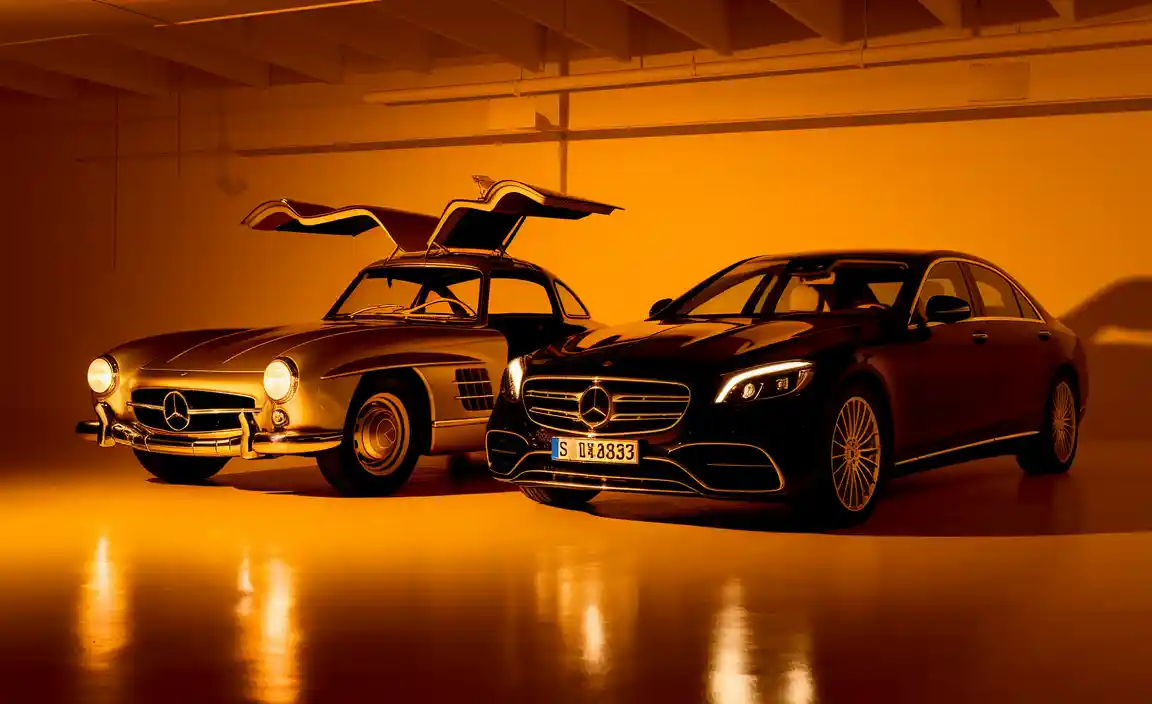
Now, let’s be honest: today’s E-Class, while faster and more high-tech, simply isn’t built with the same ethos. There’s more focus on luxury and cutting-edge features like EQ Boost, mild hybrid drive, and electric car tech.
These things are great—but they also come with complexity. More electronics, more sensors, more that can go wrong. While they’re safer and more efficient, their long-term durability doesn’t always match the W124’s gold standard.
Then Vs Now: Built To Last Or Built To Impress?
Let’s be honest—modern Mercedes-Benz models, including the current E-Class, are incredibly advanced machines. They’re faster, smarter, and far more luxurious than the legendary Mercedes W124 ever was.
From the outside, the sleek lines, massive displays, and digital touchpoints are all part of a new-age automotive experience. Features like EQ Boost, mild hybrid drive, and even electric car tech make them feel more like futuristic gadgets than old-school cruisers. But with all this progress, something else has changed—and not always for the better.
Complexity Vs Simplicity
Mercedes-Benz engineers built the W124 during an era when they prioritized overengineering. They chose every mechanical or electrical component for durability first, and profit margins later. You could slam the door on a W124 and feel that tank-like solidity. You could drive it for 400,000 km and still trust it to take you cross-country without a hiccup.
Modern E-Class models? They’re marvels of innovation, no doubt. But they’re also packed with sensors, driver-assistance systems, infotainment software, and adaptive features that often require updates, maintenance, or repairs. These additions enhance safety and comfort, but they also introduce complexity—and with it, vulnerability.
Efficiency Over Endurance?
Today’s models are tuned for fuel efficiency, emissions, and connectivity. They excel in city traffic and highway cruising, often using EQ Boost and electric support to reduce fuel consumption. But they’re not necessarily built with the same long-term focus as the W124.
In short, while modern Mercedes-Benz E-Class cars are impressive in every modern sense, the W124 still holds a special place as the embodiment of mechanical perfection, less digital, more dependable. A car built to last generations, not just leasing cycles.
Perceived Decline In Modern Reliability
Many long-time Mercedes fans feel the brand has shifted from “engineered for life” to “engineered for lease.” There’s a sense that cars today are optimized for short-term satisfaction rather than decades of loyal service.
The W124 stood for something more enduring—less flashy, more faithful. It was built during a time when a Mercedes was expected to last a generation or two, not just until the next upgrade cycle.
Community And Enthusiast Support
If Mercedes were to take a page from its own W124 playbook, it might look like this: focus on essentials, cut down on unnecessary complexity, and return to over-engineering where it matters most—engine, gearbox, bodywork, and ride quality.
The brand still makes incredible cars. But the W124 proves that durability can be just as appealing as horsepower or screens. Here’s the fun part: the W124 isn’t just a relic—it has a thriving fanbase. From online communities to local meets, the W124 crowd is alive and kicking.
Role Of The W124 In Today’s Automotive Community

Visit any classic Mercedes forum or Reddit thread and you’ll find a mix of first-time buyers and lifelong owners trading tips, parts, and stories. This car connects generations. It’s the ultimate icebreaker at a gas station. It also plays a key role in educating younger drivers about analogue mechanics—something that’s vanishing fast in our touchscreen-dominated world.
Cult Following And Online Communities
You’ll find Facebook groups with tens of thousands of members. YouTube channels dedicated to restoring and maintaining W124s. Even Instagram accounts show daily drives in these high-mileage legends. The cult following is real, and it helps preserve not just the cars, but the values they represent—patience, care, and craftsmanship.
Maintenance Practices For Longevity
Want your W124 to live forever? Here’s the blueprint.
Regular Servicing And Care Techniques
Oil changes every 5,000 to 7,000 km. Use OEM filters. Don’t skip coolant flushes. Inspect the suspension bushings. Lubricate the door hinges and check for rust in the wheel arches and sunroof channels. In short: treat it like a friend, not a machine. It will repay you by never letting you down.
Parts Availability And Aftermarket Support
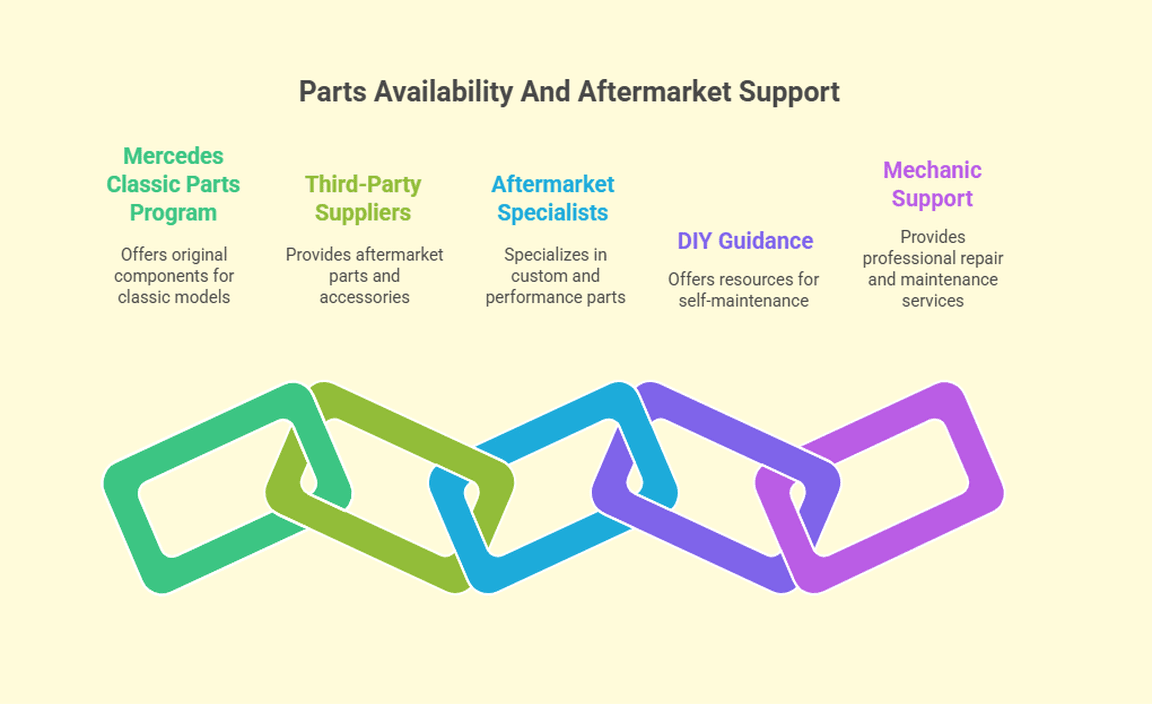
You’ll be glad to know that parts availability is still decent. Mercedes offers many components through their classic parts program. Third-party suppliers and aftermarket specialists also keep a steady flow of spares—from brake rotors to window regulators. The support system is strong. Whether you’re DIY’ing it or relying on a trusted mechanic, there’s no shortage of guidance.
Conclusion
The W124 isn’t just a car that lasted—it’s a blueprint for how to build something that matters. It teaches us that thoughtful design, solid engineering, and proper care can create vehicles that serve for decades, not just warranty periods. Unlike many modern cars packed with fragile tech and built-in obsolescence, the W124 was designed to endure.
Its high-mileage stories aren’t rare—they’re expected. Whether you’re a collector, a classic enthusiast, or someone just discovering this Benz legend, one thing is clear: the W124’s legacy is alive and rolling. It remains proof that real quality isn’t a trend—it’s a commitment that stands the test of time.
Frequently Asked Questions
1 Is It True A Mercedes W124 Taxi Drove 1.3 Million Kilometers?
Yes! A W124 taxi in Greece covered over 1.3 million kilometers with its original engine and gearbox—an extraordinary feat of durability and design.
2.What Made The W124 So Long-Lasting?
The W124 featured over-engineered mechanical parts, thick body panels, and simple electronics. With regular maintenance, it was built to outlast generations.
3.Was The 1.3 Million Km Taxi Modified Or Rebuilt?
No major rebuilds. Just routine servicing, oil changes, and replacement of wear-and-tear parts kept the vehicle going strong over decades.
4.Which Engine Did The High-Mileage W124 Taxi Use?
It was powered by the legendary OM602 diesel engine, known for reliability, low stress, and impressive longevity.
5.Can Modern Mercedes Models Last That Long?
While modern cars offer more tech, many believe they lack the mechanical simplicity and overbuilt nature of classics like the W124.